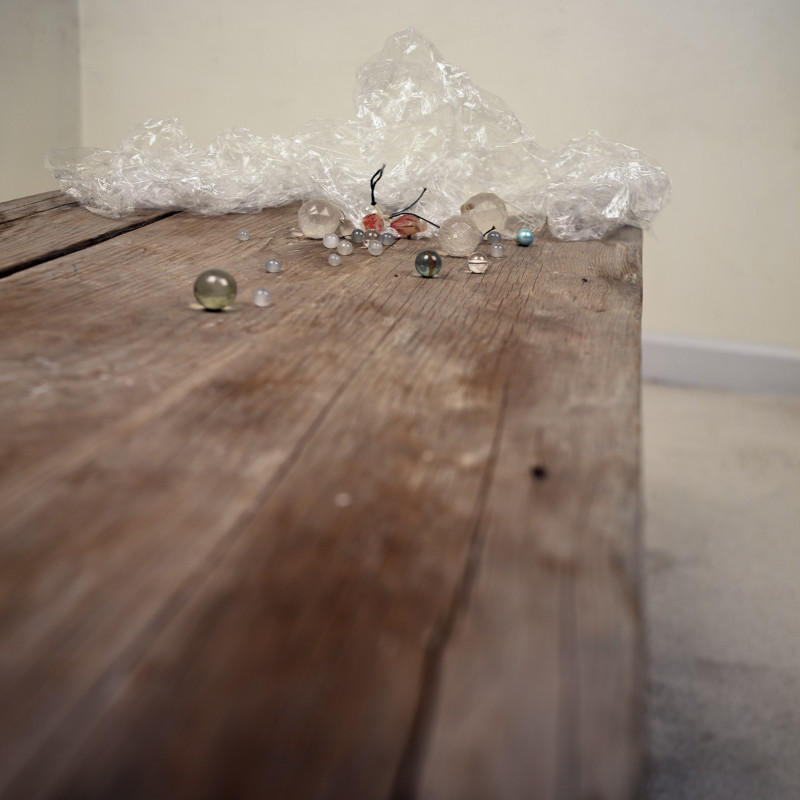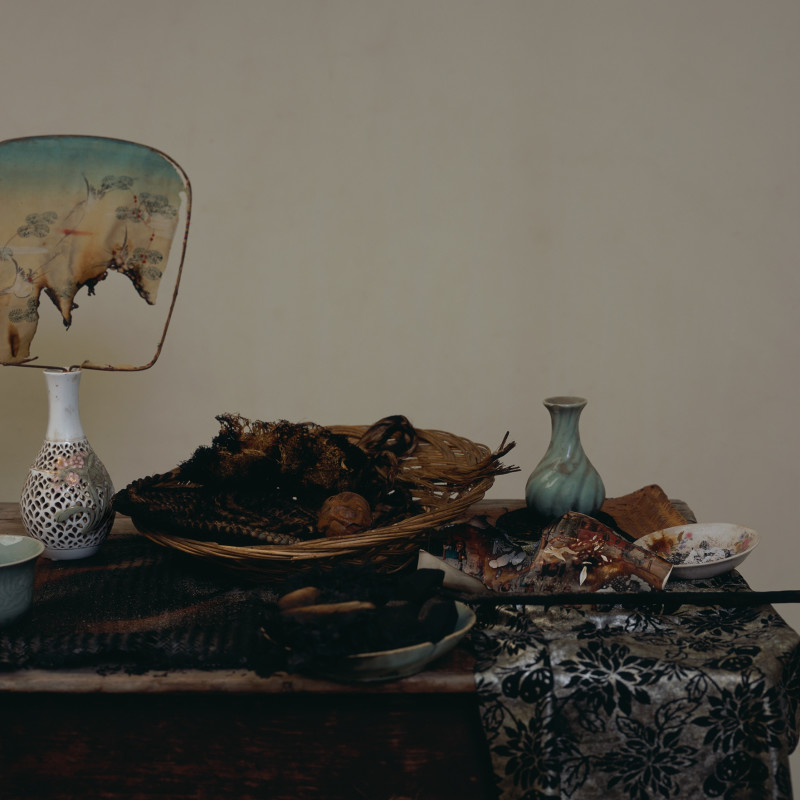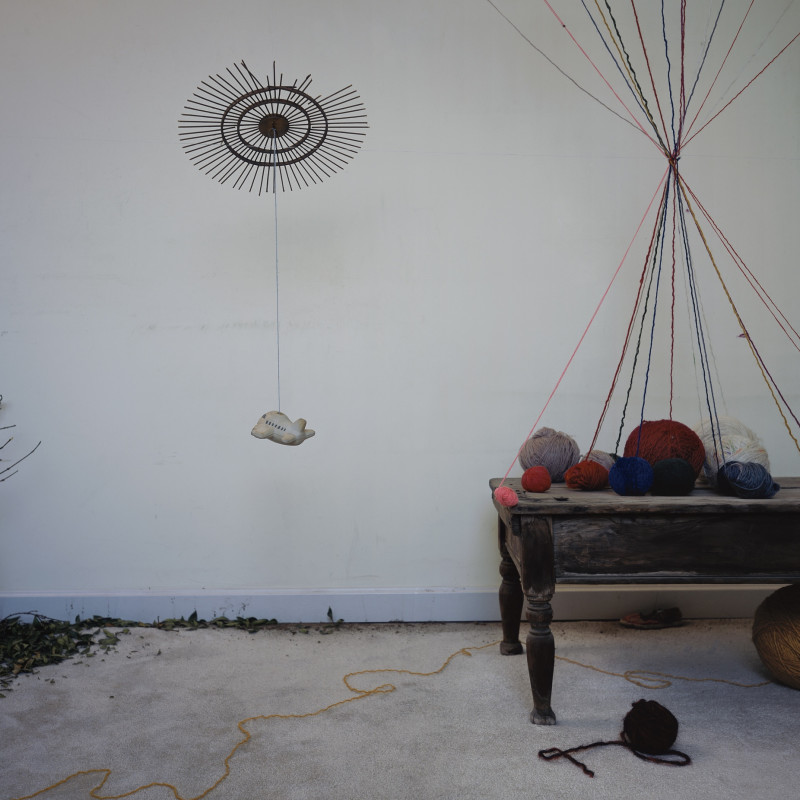About the Artist
Born in Yuanjiang, Hunan province in 1977. Currently lives and works in Beijing .
Solo Exhibitions:
Jiang Pengyi Solo Exhibition, Paris-Beijing photo gallery, Beijing, 2008
Selected Group Exhibitions:
Seeing China, Imperial City Art Museum, Beijing, 2008
Urban Episode, Osage Gallery, Hong Kong
I Moscow International Biennale for Young Art, Moscow
Zoology, Osage Gallery, Hong Kong
Contemporary Photography Art Fair, Beijing
Lianzhou International Photo Festival, Lianzhou, Guangdong, 2007
New Folk Arts Movement: The Reconstruct of Commonality Living, Contemporary Art Exhibition, Beijing, 2006
ABOUT THE work
Some of the fruits of human activity and social realization, as well as mental and material endeavors will always emerge in the form of archaeological sites, artifacts and historic sites. They are proof and testimony to past human activity and social realization, while they become subjects of remembrance and memorials. For creating The Private Goods Belonged to Somebody (2008 ), Jiang retrieved abandoned objects of former residents at demolition sites. He delineated the objects with the use of still photography, giving them a distinctive image that is both gloomy and bright. These photos appear to unearth and expose private objects that could never be seen in the past, and the photographic act reveals the viewer’s curiosity. Such curiosity is often fulfilled through unearthing, which means exposure. The act of “covering” is opposite to that of “discovering”. In this context, the act of unearthing or exposure is contrary to that of covering: it is a necessary process in viewing another, as it is an excuse for the involvement of photography. Such delineation of remains is also a way of imagining humanity and human activity, while the anonymity of objects ensures an unbounded imagination. The concern or even passion for useless objects compels us to take an interest in the objects, and in the stories about human and fate that are embodied in these objects.
To an extent, The Private Goods Belonged to Somebody reveals Jiang’s curiosity about human life. What I think is more important here is that it shows his affirmation of the relationship between material and memory. As objects are carriers of human memory, they naturally become subjects of remembrance and memorials. Through his photographic perspective, Jiang affirms the existence of these micro installations of ruins, which are involuntary creations of the power-crazed and capitalist development. Jiang delineates them as still objects, whose final image remains that of destruction.
—Gu Zheng







